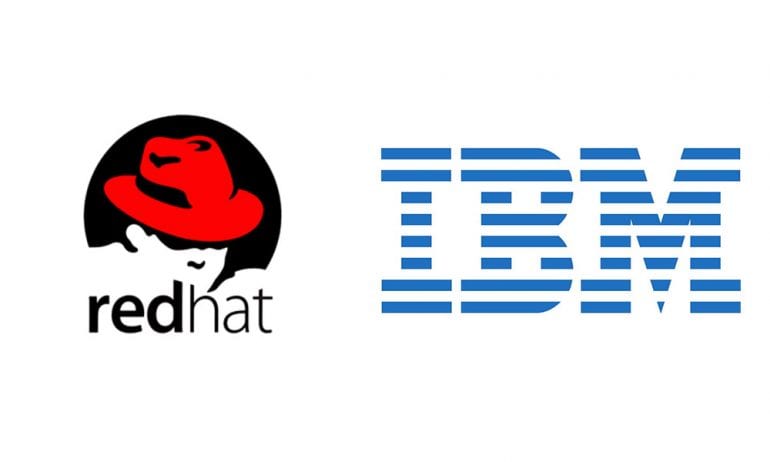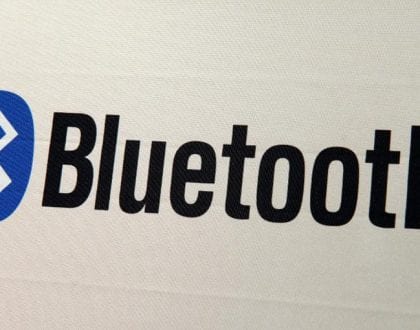IBM to Buy Red Hat, the Top Linux Distributor, for $34 Billion

by admin
The purchase, announced on Sunday afternoon, is the latest competitive step among large business software companies to gain an edge in the fast-growing market for Internet-style cloud computing. In June, Microsoft acquired GitHub, a major code-sharing platform for software developers, for $7.5 billion. IBM said its acquisition of Red Hat was a move to open up software development on computer clouds, in which software developers write applications that run on remote data centers.
This acquisition brings together the best-in-class hybrid cloud providers and will enable companies to securely move all business applications to the cloud. Companies today are already using multiple clouds. However, research shows that 80 percent of business workloads have yet to move to the cloud, held back by the proprietary nature of today’s cloud market. This prevents portability of data and applications across multiple clouds, data security in a multi-cloud environment and consistent cloud management.
IBM and Red Hat will be strongly positioned to address this issue and accelerate hybrid multi-cloud adoption. Together, they will help clients create cloud-native business applications faster, drive greater portability and security of data and applications across multiple public and private clouds, all with consistent cloud management. In doing so, they will draw on their shared leadership in key technologies, such as Linux, containers, Kubernetes, multi-cloud management, and cloud management and automation. IBM’s and Red Hat’s partnership has spanned 20 years, with IBM serving as an early supporter of Linux, collaborating with Red Hat to help develop and grow enterprise-grade Linux and more recently to bring enterprise Kubernetes and hybrid cloud solutions to customers. These innovations have become core technologies within IBM’s $19 billion hybrid cloud business. Between them, IBM and Red Hat have contributed more to the open source community than any other organization.
Read more at The New York Times
Recommended Posts

New Attack exploiting serious Bluetooth weakness
August 20, 2019

Critical flaw in VLC Media Player Found
July 21, 2019

